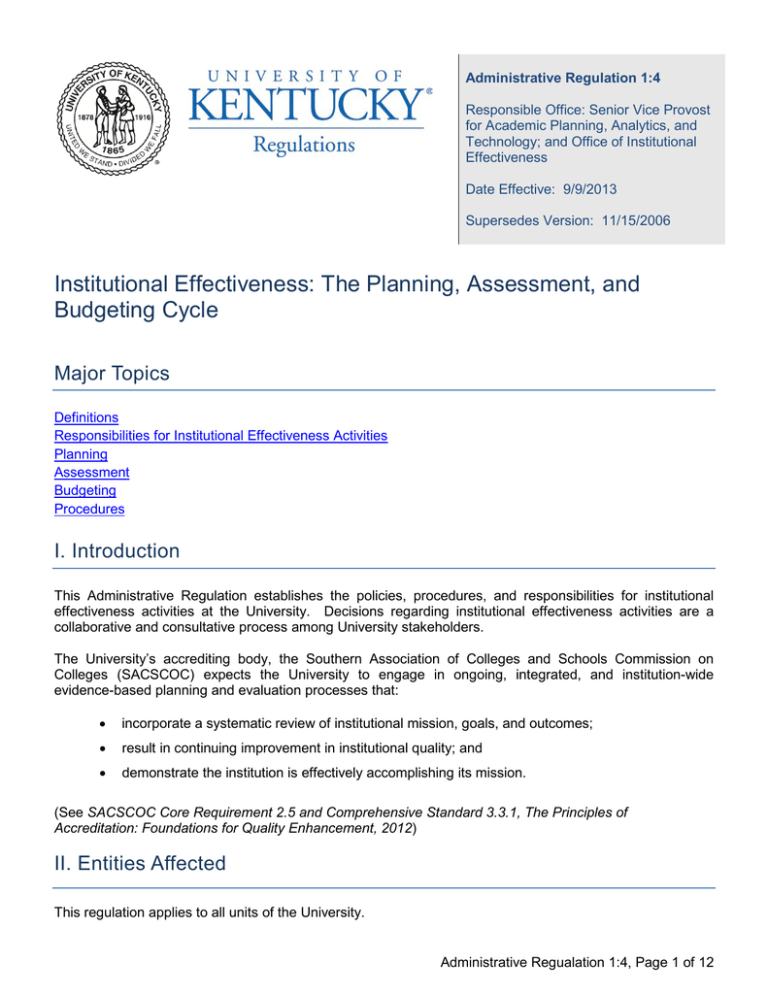An Administrative Regulation
An Administrative Regulation: Streamlining Processes and Ensuring Effective Governance In today's fast-paced and dynamic world, administrative regulations play a crucial role in providing structure, guidelines, and effective governance across various sectors. These regulations serve as a framework for organizations to streamline their processes, ensure compliance, and maintain equilibrium within their operations. In this post, we will delve into the world of administrative regulations, exploring their significance, key elements, and impact on different industries. So, fasten your seat belts as we embark on a journey to unravel the intricacies of administrative regulations! Subheading 1: Understanding Administrative Regulations Administrative regulations form an essential part of any organization's operational framework. These regulations are designed to provide a set of rules and procedures that govern the performance of administrative tasks within a specific organization or sector. By establishing guidelines, administrative regulations ensure consistency, efficiency, and accountability in an organization's operations. H2: The Key Elements of Administrative Regulations To gain a comprehensive understanding of administrative regulations, it's imperative to familiarize ourselves with their key elements. Let's explore each of these elements in more detail: 1. Policies and Procedures: Administrative regulations are built upon a foundation of carefully crafted policies and procedures. These policies act as a compass, guiding employees and stakeholders in making informed decisions and carrying out their duties in alignment with organizational goals and values. By providing a clear framework, policies set expectations and ensure uniformity across all levels of an organization. 2. Compliance and Enforcement Measures: An effective administrative regulation framework wouldn't be complete without proper compliance and enforcement measures. These measures act as a safeguard, ensuring that individuals and entities adhere to the established rules and regulations. By implementing robust compliance and enforcement mechanisms, organizations can mitigate the risk of non-compliance issues and maintain a healthy and transparent work environment. 3. Documentation and Recordkeeping: Accurate documentation and recordkeeping are crucial aspects of administrative regulations. By maintaining comprehensive records, organizations can track and monitor their activities, ensuring transparency and accountability. Detailed records also serve as a valuable resource to evaluate and improve existing processes, enabling organizations to identify areas of improvement and implement necessary changes effectively. Subheading 2: The Impact of Administrative Regulations Across Industries Administrative regulations have a far-reaching impact across various industries. Let's take a closer look at some of the sectors and how administrative regulations shape their operations: H2: Healthcare Industry The healthcare industry is heavily regulated, and administrative regulations play a vital role in ensuring high-quality patient care and safety. These regulations address areas such as patient privacy, medical billing and coding, and standards for healthcare facilities. By implementing administrative regulations, healthcare organizations can maintain compliance with legal requirements, safeguard patient data, and improve overall service delivery. H2: Financial Sector In the financial sector, administrative regulations are instrumental in maintaining stability and ensuring fair practices. Regulations such as the Dodd-Frank Act and Basel III set guidelines for risk management, capital adequacy, and consumer protection. By adhering to these regulations, financial institutions can build trust with their clients and contribute to a more stable and secure financial system. H2: Education Sector Administrative regulations play a vital role in the education sector, ensuring that educational institutions follow standardized procedures and deliver quality education. These regulations cover areas such as curriculum development, student safety, and faculty qualifications. By complying with these regulations, educational institutions can maintain consistent standards, foster a conducive learning environment, and enhance the overall educational experience for students. Subheading 3: Frequently Asked Questions (FAQ) about Administrative Regulations Q1: What is the purpose of administrative regulations? Administrative regulations establish a framework for organizations, providing guidelines and procedures to ensure consistent and effective governance, streamline processes, and maintain compliance with legal requirements. Q2: How do administrative regulations influence an organization's operations? Administrative regulations impact an organization by promoting transparency, accountability, and uniformity in processes, mitigating the risks associated with non-compliance, and establishing a structured framework for decision-making and performance evaluation. Q3: Are administrative regulations the same as laws? While administrative regulations have legal implications, they are distinct from statutory laws. Administrative regulations are created by specific administrative agencies and have the force of law within their respective domains. Q4: How often are administrative regulations updated? Administrative regulations are regularly reviewed and updated to accommodate changes in industry practices, technological advancements, and legal requirements. The frequency of updates varies depending on the sector and the specific regulations in question. Conclusion Administrative regulations are the backbone of an organization's operational framework. By providing guidelines, promoting compliance, and streamlining processes, administrative regulations ensure effective governance and facilitate the achievement of organizational goals. Across various industries, these regulations play a fundamental role in maintaining stability, ensuring fair practices, and promoting accountability. By understanding and adhering to administrative regulations, organizations can create an environment that fosters growth, transparency, and sustainable success.  Image Source : epeeglobal.org
Image Source : epeeglobal.org  Image Source : studylib.net
Image Source : studylib.net  Image Source : www.slidegeeks.com
Image Source : www.slidegeeks.com  Image Source : www.csdecatur.net
Image Source : www.csdecatur.net  Image Source : www.slidegeeks.com
Image Source : www.slidegeeks.com  Image Source : studylib.net
Image Source : studylib.net  Image Source : www.slideserve.com
Image Source : www.slideserve.com  Image Source : www.slideserve.com
Image Source : www.slideserve.com
EPEE Statement On The German General Administrative Regulation On The
 Image Source : epeeglobal.org
Image Source : epeeglobal.org STATE ADMINISTRATIVE REGULATION FILINGS THAT MAY
 Image Source : studylib.net
Image Source : studylib.net Administrative Regulation Promoting And Distributing Ppt PowerPoint
 Image Source : www.slidegeeks.com
Image Source : www.slidegeeks.com Departments / Administrative Regulations
administrative cycle regulation superintendent then regulations identifies selects administrator district need board
Administrative Regulation Business Plan Information Ppt PowerPoint
 Image Source : www.slidegeeks.com
Image Source : www.slidegeeks.com Administrative Regulation Outline
 Image Source : studylib.net
Image Source : studylib.net PPT - ADMINISTRATIVE REGULATION PowerPoint Presentation, Free Download
 Image Source : www.slideserve.com
Image Source : www.slideserve.com administrative regulation ppt powerpoint presentation skip video
PPT - Administrative Regulation 750 PowerPoint Presentation, Free
 Image Source : www.slideserve.com
Image Source : www.slideserve.com Administrative regulation promoting and distributing ppt powerpoint. Departments / administrative regulations. Administrative regulation business plan information ppt powerpoint. Administrative regulation ppt powerpoint presentation skip video. Administrative regulation outline